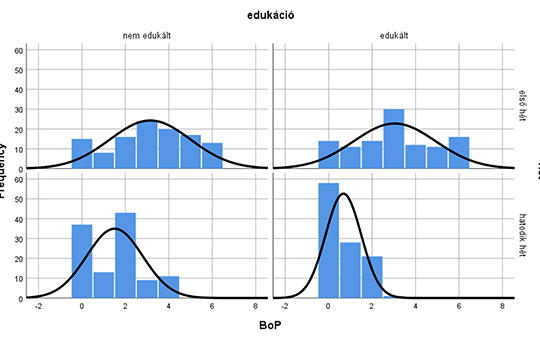[Negative Pressure Wound Therapy (NPWT), as one of the methods of modern wound treatment, is widely used for the treatment of complex wounds both in inpatient and outpatient care and in home care.
Purpose: The purpose of this study is to assess the knowledge of nurses working in the surgical department and who encounter this treatment every day, about wound care with negative pressure.
Cross-sectional, qualitative method with structured interviews. The study sample is nurses working in the surgical department with a minimum OKJ Nursing professional qualification, who have encountered NPWT treatment during their practical work. The investigation took place in July and August of 2021.
Among the interviewed nurses, 9 out of 10 did not encounter this form of wound treatment in their previous jobs. 9 nurses knew the principle on which the equipment works and the effect it has on wound healing. All interviewed nurses were aware of what to pay attention to when caring for a patient receiving NPWT care. According to the nurses, their most important task is to monitor the secretions that empty into the collection tank, both quantitatively and qualitatively. Only 1 nurse out of 10 mentioned that when a large amount of blood appears, the machine must be stopped immediately and the doctor must be alerted immediately. 8 of the nurses were interested in additional information and useful information about NPWT.
The negative pressure therapy has not yet spread widely in Hungary, but at the same time, the nurses who have worked with this wound treatment method are aware of the working principle of the machine. Nurses consider it important to monitor all parts of the equipment, because they are aware that if any part is malfunctioning, the treatment is ineffective. Nurses’ knowledge is based only on their experience and they would like to expand their knowledge of negative pressure therapy.]




